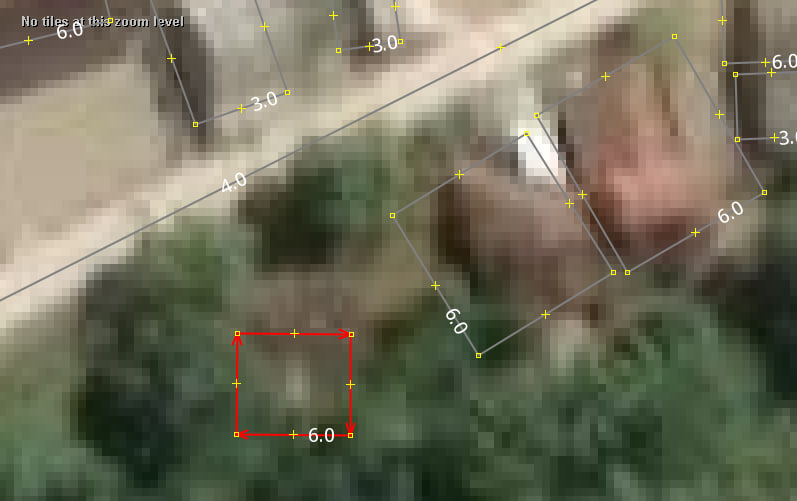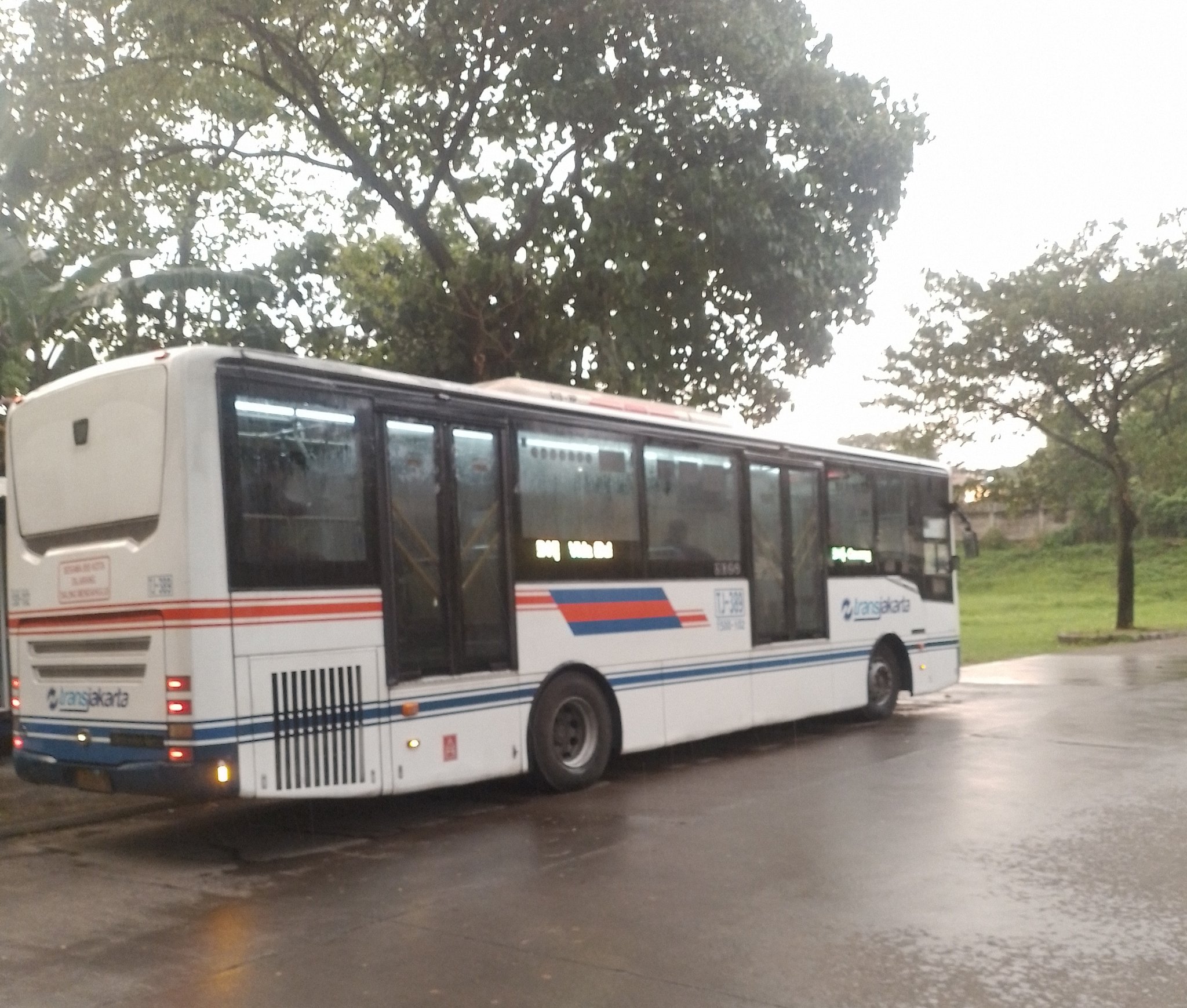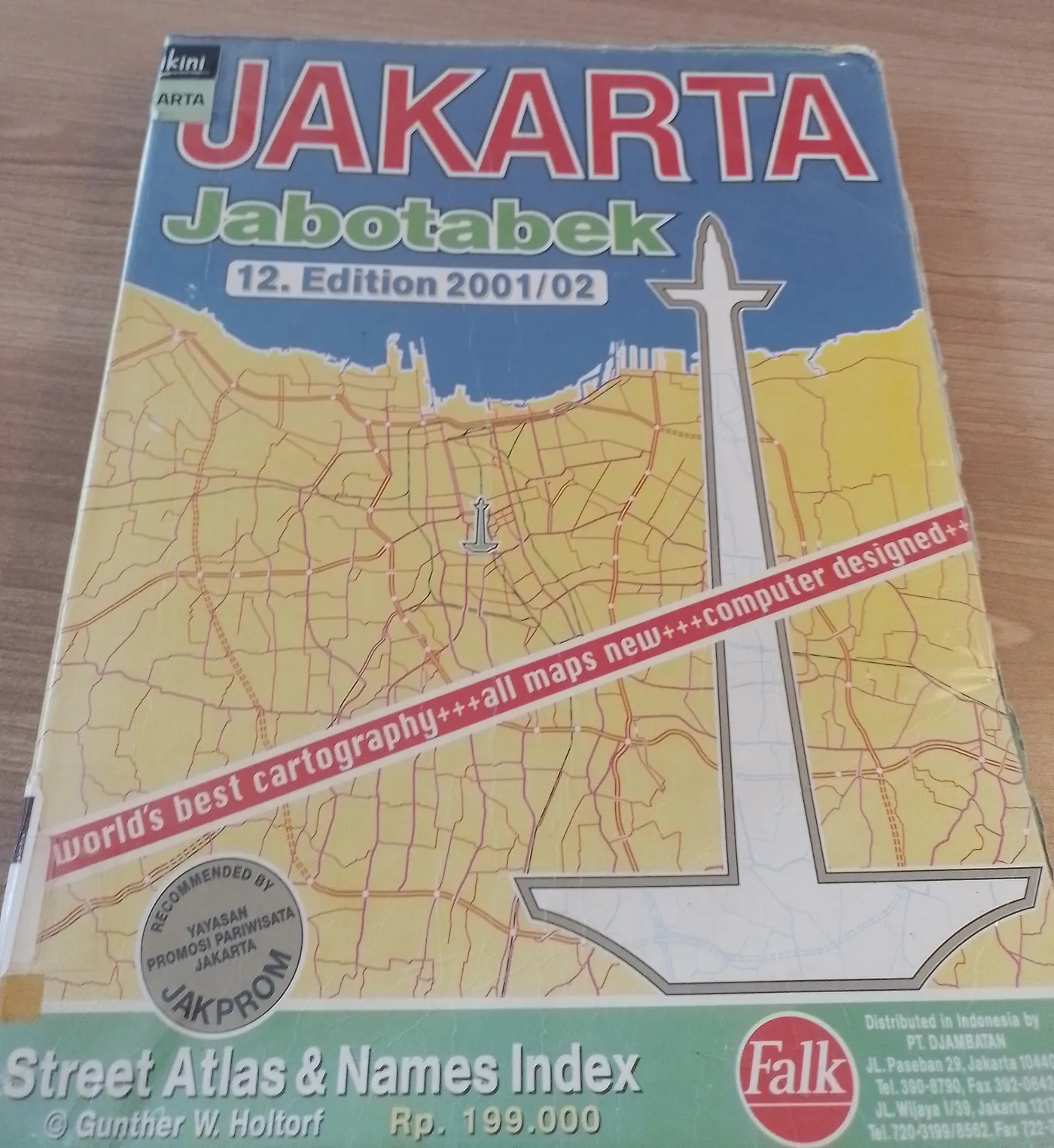I’ve been mulling over an idea for a while: what if we grab a complete snapshot of OpenStreetMap data for a given region, then run some statistics over it?
Things like which tags are most frequently used, who the top contributors are by edit count, and who has been active in that area the longest.
For the last one, “longest active” means the timespan between a contributor’s very first edit within that region and their most recent edit (also within that region). This distinction helps separate two very different contributor types: the one-hit wonders who show up during a mapping campaign, make a huge number of edits in a short burst, and then disappear forever; and the long-term caretakers, often locals, who quietly keep the map up to date whenever they notice changes in their surroundings.
To explore this idea, I had to build some tools.
Step one was downloading all OSM objects within a given administrative boundary (relation) : https://altilunium.github.io/osm-region-downloader/





